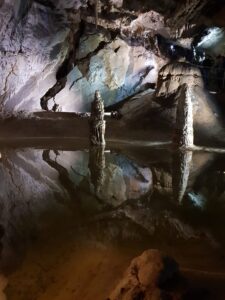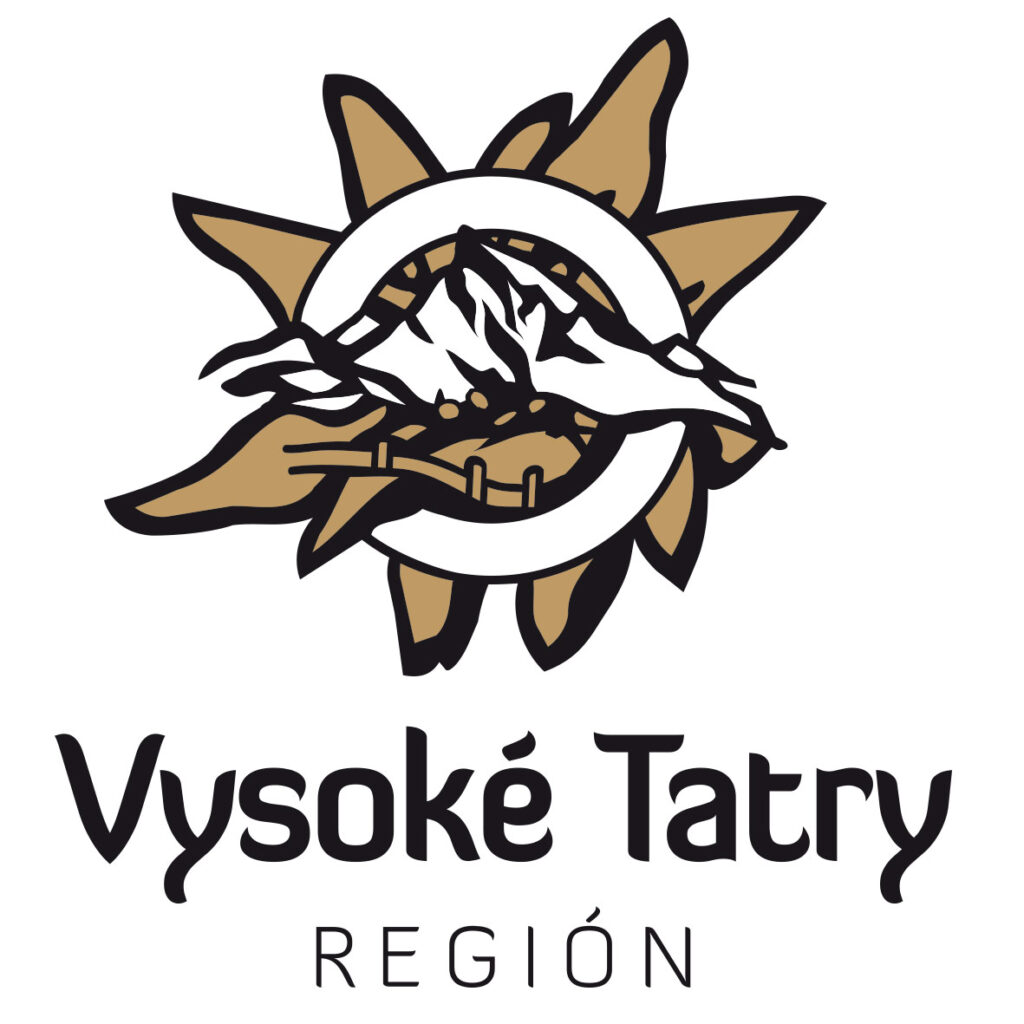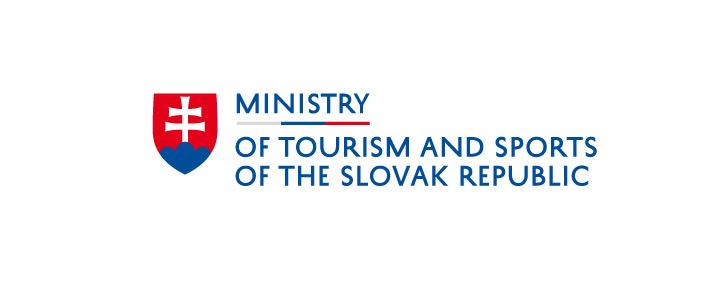What is hidden under the ground?
Despite the numerous myths and legends associated with this place, there is a considerable amount of relevant information available about its origin, discovery and interesting features. The entrance to its depths is located at an altitude of 890 metres above sea level and a forest educational trail runs to it. The cave (under the administration of the Slovak Cave Administration, under the State Nature Protection of the Slovak Republic) is almost four kilometres long, but the guided tour circuit is 1,370 metres long. Visitors have to overcome an altitude difference of 112 metres. During the tour of this popular destination, tourists also need to climb more than eight hundred stairs as the highest accessible point of the cave is at the altitude of 1,002 metres. Every year, a large number of tourists come here not only from Slovakia but also from neighbouring countries like Poland, the Czech Republic or Hungary (their numbers can reach hundreds of thousands, but these figures can be significantly influenced primarily by the weather – if it is not ideal to make alpine hikes, many holidaymakers choose cave tours as an alternative plan). No – chambers, halls, chimneys, sinter waterfalls and lakes create truly extraordinary scenery that makes a strong impression on visitors.
The oldest inscriptions on the cave walls date back to the first half of the 18th century. It was explored in details by two daredevils from Spišská Belá on 5th August 1881 – forester Július Husz and mountain guide Johan Britz. The cave was officially opened on 6th July 1882. Initially, visitors used a narrow and dangerous entrance and the present-day one was carved out a year later, at the instigation of Augustín Kaltstein, who was also involved in the founding of Tatranská Kotlina, where he laid the foundations for climatic baths, participated in building a road from Tatranská Kotlina to Spisšká Belá, and a section of the road from Tatranská Kotlina to Starý Smokovec (which became the basis for the Road of Freedom). At the beginning of the 20th century (1933–34), the cave underwent “modernisation” – wooden staircases were replaced with concrete and electric lighting was introduced. Significant renovations were carried out in the 1950s and 1970s, with the last one taking place six years ago.
Experts estimate that the development of the Belianska cave began about seven million years ago and was influenced mainly by the erosive and corrosive activity of melting snow, ice and heavy precipitation. The dripstone “decorations” are created by precipitated calcium carbonate (dissolved in waters permeating through limestone). The cave is also home to several species of invertebrates. In addition, it is one of the most important wintering places for bats in the High Tatras, with the largest representation being the greater mouse-eared bat.
More information: www.ssj.sk


An oasis for patients
The Tatranská Kotlina village is dominated by a sanatorium of the same name, which provides specialised healthcare to patients, serving as a specialised medical facility and a natural climate spa. Adult patients in need of complex institutional care (most commonly diagnosed with asthma, chronic obstructive pulmonary disease and other respiratory diseases or cardiovascular problems) come here to heal. In addition to complex medical diagnostics, the specialised healthcare facility at the foot of the Belianske Tatra Mts. also offers complex laboratory examinations and a set of rehabilitation treatments.
The Belianska cave is not only significant for its experiential value but also as for health – it is an invaluable part of the so-called speleotherapy. Patients use the special climate as a complementary therapy to treat respiratory diseases, allergies or asthma. The positive healing effect results from aerosols enriched with calcium and magnesium. These are naturally present in the highly humid cave air which has minimal bacterial and dust particle content, making this environment ideal for respiratory exercises. This special form of climate therapy alleviates or fully suppresses the symptoms of diseases (respiratory, but also, for example, skin diseases) and is, therefore, an irreplaceable and highly significant method of treatment, which is also available in the High Tatras.
Photo: Vladimíra Gašparová






